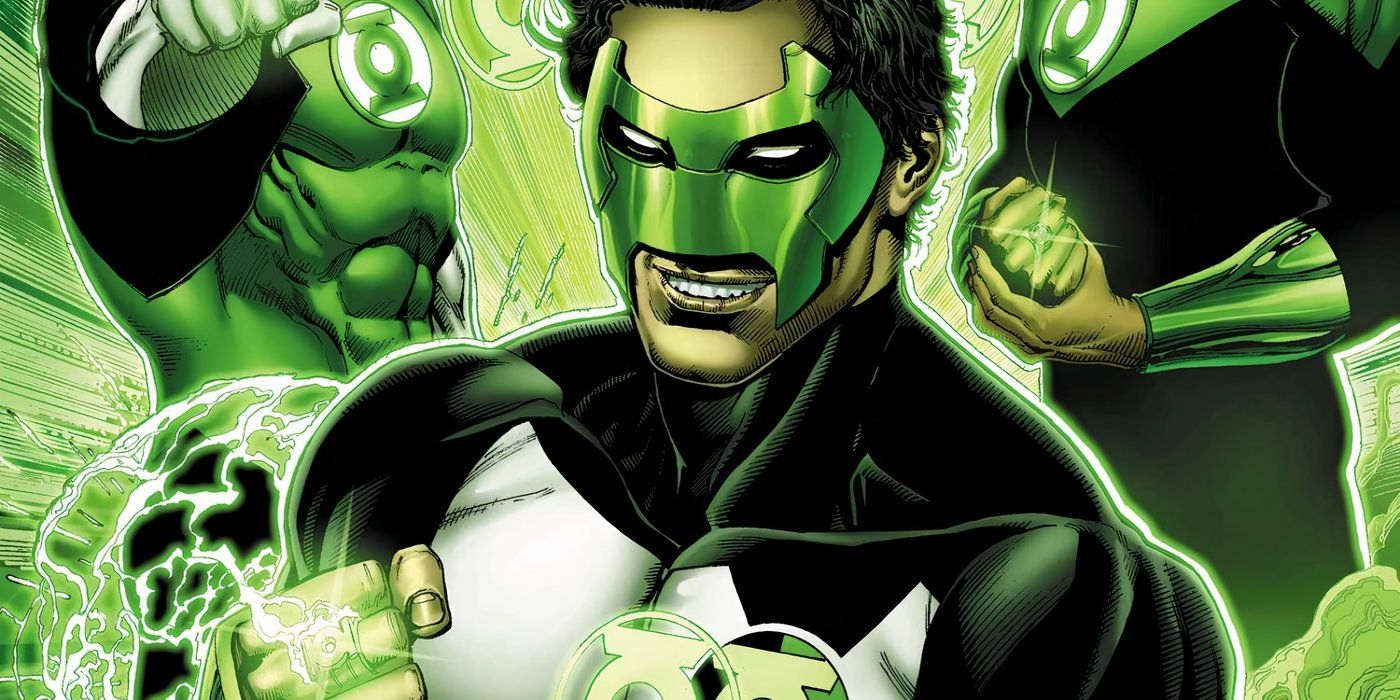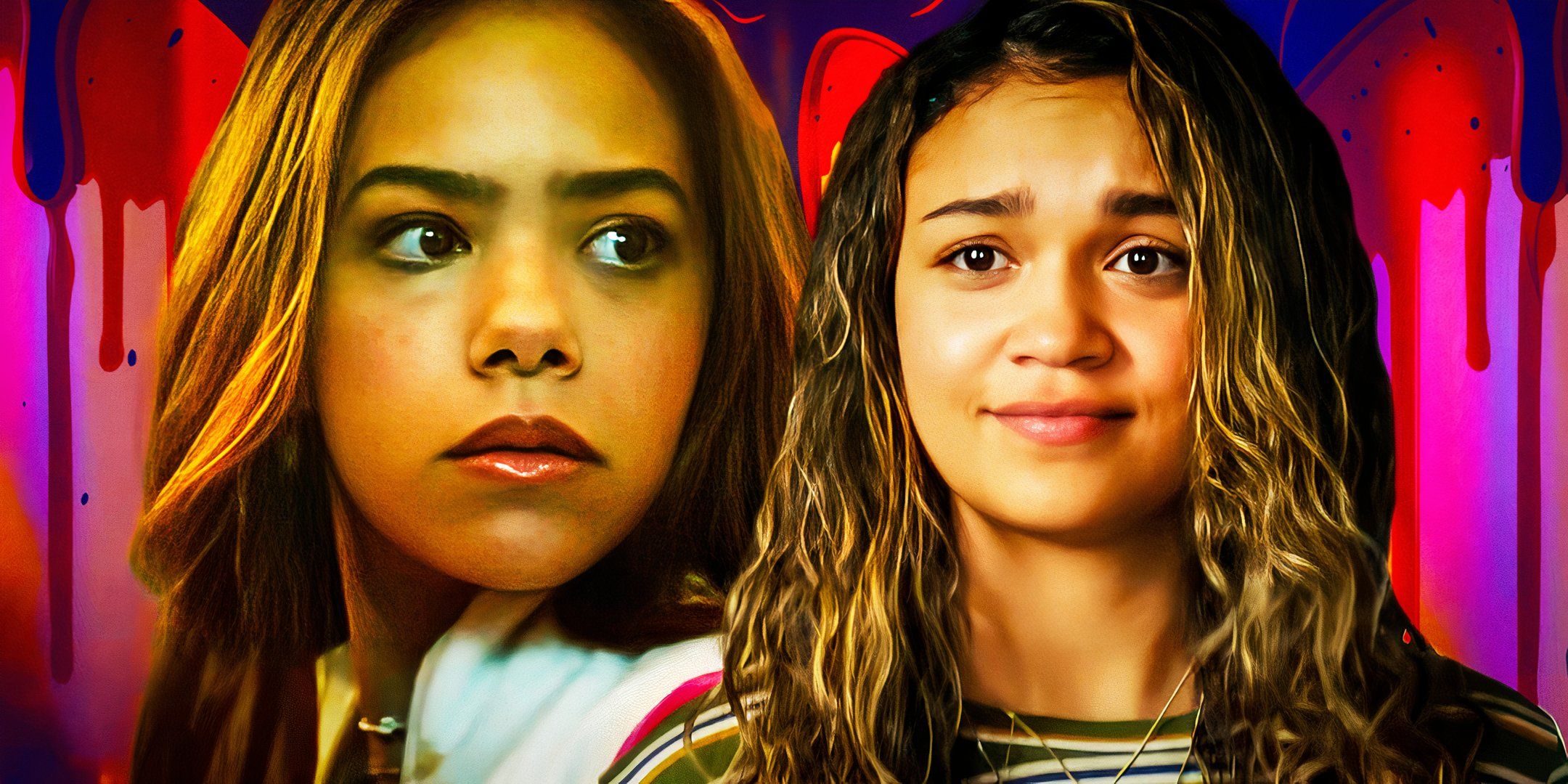When Penguin bought the rights to Al Pacino’s memoir in 2022 for $5m, it raised questions about the true value of Hollywood celebrity autobiography at a time when most stars happily spill sanctioned life highlights for free on social media.
Yet it seems there remains a considerable premium on the value of stories from those actors who have kept themselves relatively private. Pacino’s book, Sonny Boy, published last week, is boasting healthy hardback sales – it entered the Bookseller’s top bestsellers list at No 9 – and a strikingly good trade in newspaper syndication.

The audiobook version is also doing considerable business, thanks to its author’s “Hoo-ah!” gusto and many wheezy chuckles. Such is Pacino’s pacing, the audio format also offers considerable bang for the buck: 300-odd pages take him 12-and-a-half hours (the French audiobook, which is narrated by someone else, shaves two hours off that total).
The book is at once candid and freewheeling, with his many romantic entanglements minimised, and lyrical remembrances of a hardscrabble childhood in the Bronx in the 1940s given considerable space. Here are some of Sonny Boy’s most arresting highlights.
He’s ‘still haunted’ by a 74-year-old penis injury
Aged 10, Pacino was tap-dancing along a rainy fence when he slipped and an “iron bar hit me directly between the legs”. He was in “such pain” that a passerby carried him to his aunt’s house where he lay on his bed and female relatives “poked and prodded at my penis in a semi-panic. I thought, God, please take me now.” However, he confirms that it ultimately “remained attached, along with the trauma”. Four years later he was trapped under thin ice following another ill-advised bit of fancy footwork, but also survived.
He has taken fewer drugs than you might think
No cocaine, ever: “It may surprise you to know I’ve never touched the stuff.” There was lots of Valium, and a little dabbling in harder stuff, but Pacino’s relationship with drugs was coloured by the fact that his three closest childhood friends all died of heroin overdoses, and his mother died of an overdose when Pacino was 22.

First Pacino refused to shoot a scene in Dog Day Afternoon in which his character’s transgender lover (played by Chris Sarandon) turns up in the middle of the bank robbery dressed as Marilyn Monroe and the pair kiss: “This is absurd … bullshit!” Then he donated his fee from William Friedkin’s Cruising, in which he plays a cop on the trail of a serial killer targeting gay men, to LGBTQ+ communities because he felt the film was exploitative.
He insulted Jackie Kennedy
One night in 1979, after a performance of Richard III, Pacino returned to his dressing room to find Jacqueline Kennedy and her daughter standing in front of him: “So elegant and beautiful, just radiating class. And as I slumped in my chair, I put out my hand for her to kiss it.” We are not told whether she obliged, but Pacino does berate himself for the faux pas: “Please tell me, what’s wrong with me?”
He was kidnapped by a fan
After he’d been out drinking with Gene Hackman’s brother in the 70s, a woman offered to take the lost and stumbling Pacino home. Once they were moving, he realised they were going in the wrong direction. “She said straight out, ‘I’m kidnapping you.’” Luckily his background had prepared him for such a situation. “I am from the South Bronx. When I see some crazy person trying to do something to me, I know how to escape … This ain’t happening to me, man.” He opened the door as if to jump out … after which she did indeed drive him home.

The first time he went broke, he was saved by Diane Keaton
“I didn’t understand how money worked,” writes Pacino. He was paid $35,000 for The Godfather; once shooting finished, he was still in debt and lived off his then-girlfriend, Jill Clayburgh. He earned more from The Godfather Part II and Dog Day Afternoon but spent the following decade “spending and not earning; I was putting out but I wasn’t bringing in”.
When things finally came to a head, Keaton, his girlfriend at the time, accompanied him to his attorney’s office. “Do you know who he is?” she yelled at the lawyer. “You’re going to tell me, ‘Oh, he’s an artist.’ No. He. Is. An idiot. He’s an ignoramus. When it comes to this, you’ve got to take care of him.” She also supplied Pacino with the script for Sea of Love, the thriller that revived his fortunes.

The second time he went broke, he was saved by Adam Sandler
In the mid 2000s, Pacino was installed in LA with three children and an unwieldy entourage. Among his expenses were 16 cars, 23 mobile phones, and a $400,000 landscaper for a house he didn’t live in. He chartered a private jet to take everyone to Europe for a holiday. In London he rented out a whole floor of the Dorchester hotel so the children were near the sights. “I had $50m, and then I had nothing. I had property, but I didn’t have any money.” So he fired his accountant and filmed the objectionable cross-dressing comedy Jack and Jill. “To be honest,” he writes, “I did it because I didn’t have anything else. Adam Sandler wanted me, and they paid me a lot for it.”
after newsletter promotion
Rappers keep him solvent today
Scarface was a flop on first release in 1982 but found a second wind thanks, thinks Pacino, to “the hip-hop generation”. “Rap artists and their fans embraced the movie. They understood it and went with the metaphor. To this day it’s still the biggest film I ever did. The residuals still support me. I can live on it. I mean, I could, if I lived like a normal person.”

Tarantino doesn’t rate him
His 21-page dialogue scene with Leonardo DiCaprio in Once Upon a Time in Hollywood was cut to two-minutes.
He didn’t rate Star Wars
Pacino was offered Han Solo and duly read the script, but turned it down, telling his manager: “I can’t make anything out of this.”
Having a 16-month-old son when you’re 84 is ‘so much fun’
Baby Roman features at the end of the memoir: “It just gives me a chuckle every time I look at him.” In interviews to promote the book, Pacino has suggested that much of their current interaction is online: “He does text me from time to time.”
Actors are ‘the greatest of humans’
“I know they call em crazy, self-centred, all that stuff. We even accuse them of narcissism. How foul.”
Selfies are fine – just don’t show him the photos

If someone wants a picture, Pacino will generally oblige: “They just see that you’re famous. They don’t see that you look like you’ve been thrown out with the garbage.” But ageing isn’t for the faint-hearted, he says. “No matter how slim I get, I’ve got a great big fat white head of hair.”
There is no afterlife
When he contracted Covid in the early days of the pandemic, paramedics attended to Pacino and found he had no pulse, before managing to revive him. “I believe I experienced death that day,” he writes. “I returned, and I can tell you there was nothing out there. It’s over. You’re here, then you’re not.”

 4 days ago
5
4 days ago
5



:quality(85):upscale()/2024/10/29/625/n/1922564/ec222ac66720ea653c5af3.84880814_.jpg)
:quality(85):upscale()/2024/10/25/846/n/49351082/bfc0fdb3671bef086c3703.42134063_.jpg)
:quality(85):upscale()/2021/07/06/971/n/1922153/7d765d9b60e4d6de38e888.19462749_.png)
:quality(85):upscale()/2024/10/29/957/n/1922441/c62aba6367215ab0493352.74567072_.jpg)

 English (US) ·
English (US) ·